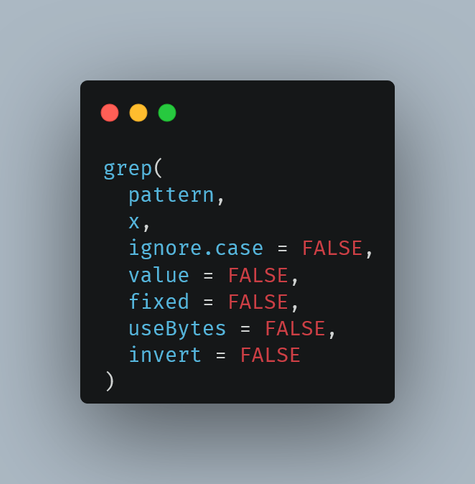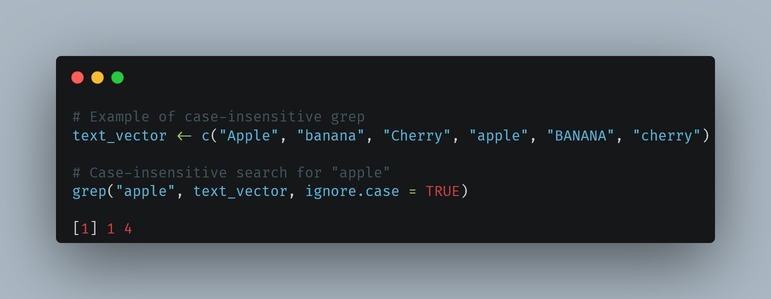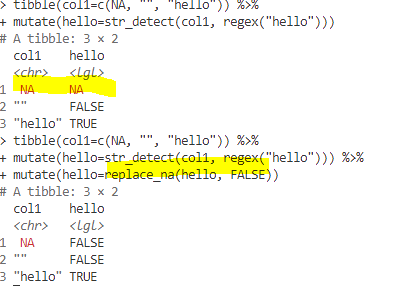🛠️ Master string comparison in R with practical examples and bonus tips! Whether you're dealing with case sensitivity or vector comparisons, this guide has you covered.
Read more and comment your experiences! https://www.spsanderson.com/steveondata/posts/2024-11-25/
#R #RStats #Programming #Code #Learn #Blog #RProgramming #strings #stringr #stringi


